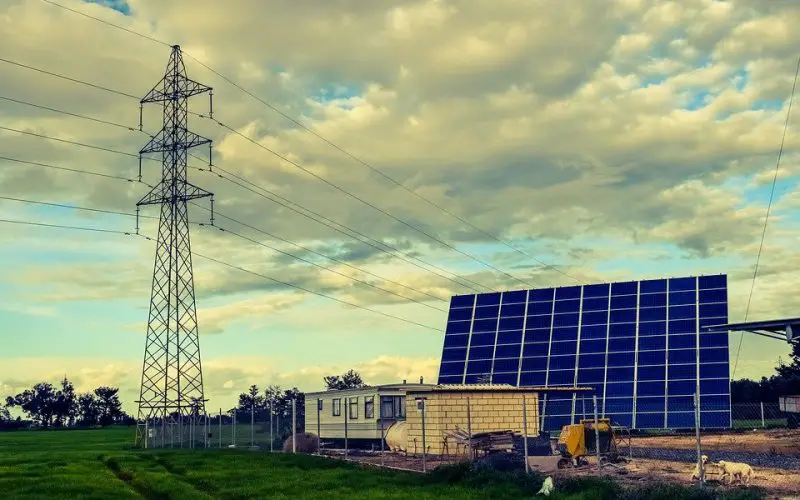Placing large-scale renewable energy equipment is difficult and often met with criticism, especially in areas where landscape of the area is considered a cultural heritage or is a tourist spot which brings in good income. Hence, the human interaction is kept at a minimal rate to avoid damaging the environment.
Changes in biodiversity due to equipment of solar energy and wind power is thought to be more damaging than overall reduction in greenhouse gasses.
This is one of the reasons why acquiring land for renewable energy equipment is so difficult, since traditional uses of land such as agriculture are preferred more than placing power plants.
However, recent research shows that installing such renewable equipment actually promotes biodiversity.
Impact on Life Inside Solar Farms
History suggests that; for a number of years, people believed that solar farms render the land useless without any benefits to the environment.
Living in times when everything was burned to release energy (fossil fuels), we can’t blame them!
There were also optimistic mindsets who made decisions to install nonetheless. One of them is 62 years old Mark Anderson who said ‘My land was barren, couldn’t do much than install some solar panels‘. These solar panels were used to power his home all through 1990’s. However, by 2001, biodiversity of his land had improved significantly! Today, it’s fertile enough to grow mangoes he served when we went to meet him.
Of the huge area allocated to solar farms, most of it is not occupied by solar equipment. This makes space available for plant and animal species to occupy.
Another thing to note would be that once the solar panels and the rest of the equipment are set up, there is no disturbance of any sort to the local environment. Human interference is also minimal where solar panels are installed.
Research-proven
Previously, it was just word of mouth, but now a comprehensive research has been carried out on ‘The Effects of Solar Farms on Local Biodiversity’ in UK by ecological consultants who proved these theories.
The consultants studied 11 similar solar farms located around England and Wales along with their neighboring control farms to compare. Plants (crops), invertebrate, bird and bat surveys were carried out on both the farms. One test before solar arrays were set up on the land and then after.
The results of the study exceptionally proved that solar farms had significantly higher biodiversity than the control farms.
The positive impact on biodiversity was among all species of life tested including botanical, invertebrates, birds and bats. It was also noted that the level of benefit to the biodiversity was most when the management focused on the wildlife conservation.
The solar farm had by far the most positive effect on biodiversity when the farmland was replanted with a mixture of different seeds after the solar farm was constructed. This minimized use of agricultural chemicals and promoted marginal habitat space for other species.
Renewable Energy and Ecosystems; The Perfect Duo Maybe?
The report further went on to say that reduction in greenhouse gas emissions was just one of the positive effects.
The other one was that the increase in wildlife and biodiversity inside the solar farms actually extended to areas surrounding the solar farm as well.
Construction has always come with a downside of damage to the local ecosystems, but since building solar farms actually benefit the wildlife, there couldn’t be better news to hear!
A good reason of improved biodiversity would be the fact that farm is shifted from monoculture farming to a variety of crops. The limited use of pesticides and herbicides contributes to safer practices. Moreover, the presence of solar equipment provides shade for birds to make their nests (be kind to animals).
Let me clarify how solar systems boost Ecosystem Biodiversity,
Let’s say the presence of solar farms or solar parks attracts foreign pollinating insects which are limited in the area, pollination rises, population and diversity of plants increases and that leads to a rise in herbivores (animals that eat plants), and therefore the carnivores (animals that eat other animals) and so on and so forth to the top of the food chain.
Overall, this has been a great approach at understanding how different land uses impact the environment. The best thing I found in this was the fact that placing solar panels in my backyard wasn’t going to harm animals and plant species there, but actually give them a home. This was a turning point for me to start working on installing a solar system in my backyard.



